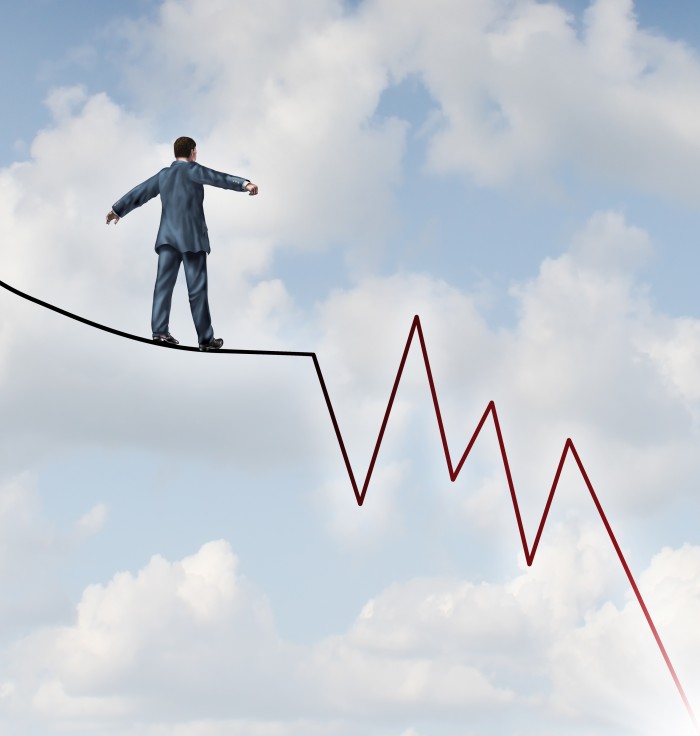The U.S. economy slowed to a crawl in the last three months of 2015, new government data showed Friday, an indication of how tepid global growth is exposing new weaknesses in the nation’s long and sluggish recovery.
Gross domestic product, a measure of overall output, expanded at a seasonally adjusted rate of 0.7 percent between the months of October and December — just the second time in seven quarters that the nation has registered growth under 1 percent.
The pace, in line with economists’ expectations, shows an economy that is being driven by steady consumer spending but weighed down by business cutbacks and a yawning trade deficit.
The anemic growth could drive new concerns about the nation’s ability to fight off a series of major headwinds, including a downturn in China — the world’s second-largest economy — and an appreciated dollar that has trimmed profits for American manufacturers. Markets have reflected that turmoil in the first weeks of 2016, with the Standard and Poor’s 500 index falling more than 7 percent this month. On Wednesday, the Federal Reserve acknowledged that the economy was slowing down, even though the U.S. labor market remained strong.
“A combination of a strong U.S. dollar and fading demand abroad is having a chilling effect on a broader cross-section of manufacturers,” Scott Anderson, chief economist at Bank of the West, said in an e-mail.
For the year, the U.S. growth — 2.4 percent — looked much as it did in the previous five years of the recovery. In every year since 2010, the GDP has expanded somewhere between 1.5 and 2.5 percent, a pace that edges other advanced countries but lags well behind the boom of the 1990s.
The gross domestic product figure for the fourth quarter is only a preliminary figure and will be revised over the next two months.
All three major U.S. market indexes were up 1 percent in late morning trading.
The data released Friday morning by the Commerce Department provides at least one encouraging sign: Consumers, whose spending accounts for roughly two-thirds of the economy, are eating out at restaurants and buying refrigerators and new vehicles. Economists say they’re benefiting from a labor market that is adding more than 200,000 jobs per month and cheaper oil prices that are helping them save on gasoline. In the fourth quarter, personal spending grew at a solid 2.2 percent pace.
So long as that is maintained, said Gus Faucher, a senior economist at PNC Bank, “the U.S. economy is not in trouble.”
Still, the economy faces major risks (continue reading)
